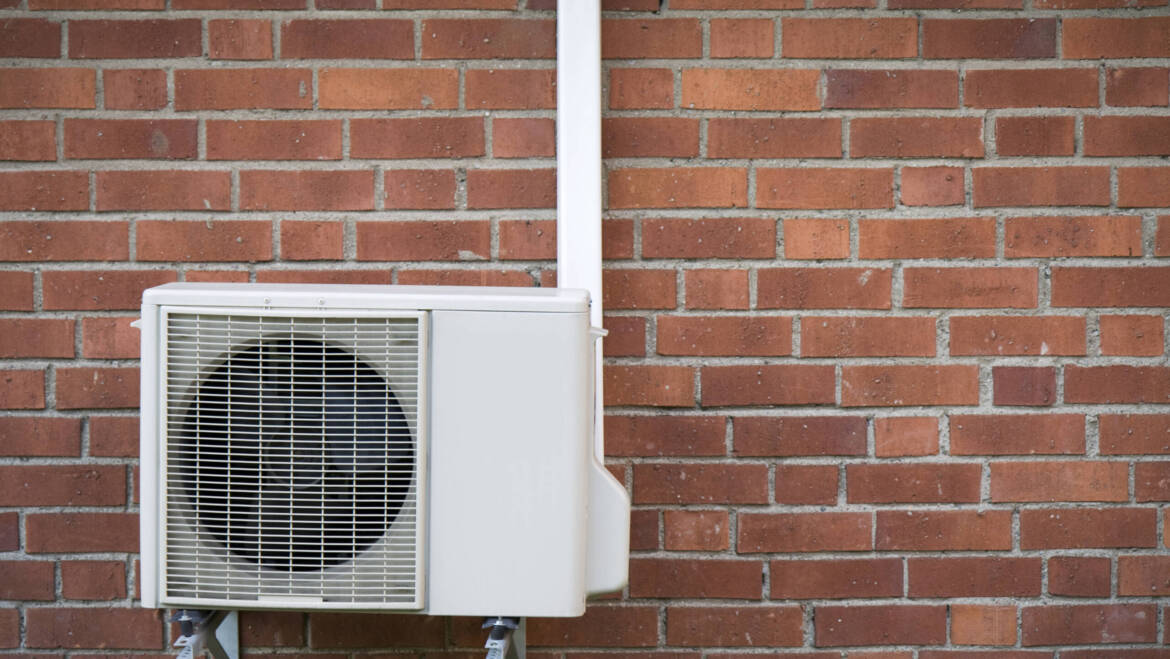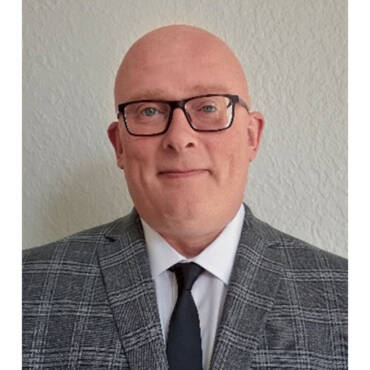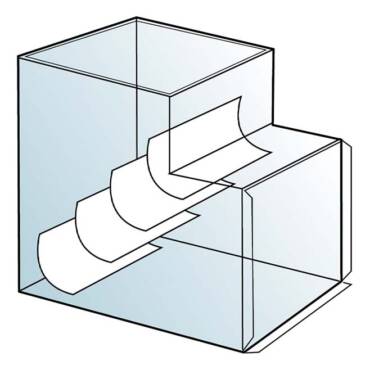While the Inflation Reduction Act (IRA) rebate program rollout has been slow, it is starting to pick up, and there are steps contractors should take now to prepare for when the money starts to flow.
That was the theme of a recent webinar featuring Peter Troast, founder and CEO of Energy Circle, a marketing firm that specializes in assisting “better buildings” companies: HVAC, insulation, and solar contractors and other businesses that touch on building energy use.
“Things are moving,” Troast said. “Just in the last few weeks, last month or so, there’s been kind of more action.”
The IRA, signed into law in August 2022, provides about $8.8 billion in direct-to-consumer rebates for high-efficiency residential HVAC equipment and energy-saving home improvements. So far, Troast said, 19 states have applied to the U.S. Department of Energy for IRA rebate money, five applications have been approved, but only one state, New York, has made rebate money available.
The rebate program is divided into two parts.
The Home Electrification and Appliance Rebates (HEAR) are for low- and moderate-income homeowners and apply to the purchase and installation of qualified electric appliances such as HVAC heat-pumps, heat-pump water heaters and clothes dryers, and the electrical work needed to accommodate such appliances. A qualified household could get up to $8,000 for a heat pump, and the rebates, which can be combined, max out at $14,000.
The other part, Home Efficiency Rebates (HER), are for homeowners at any income level and apply to home improvements — HVAC upgrades but also things like insulation and new windows — that result in energy savings that can be measured or modeled with the use of approved software.
All 19 states that have applied to DOE have applied for HEAR money; of those, 10 have also applied for HER money.
According to Troast, even before their states have IRA rebate money, contractors should be gathering information, preparing a marketing plan, and staying in touch with state energy officials in order to have input and get on their state’s list of contractors qualified to apply IRA rebates to their sales.
“There’s an opportunity to kind of get first-mover advantage, you know, to be the company that is most ready when the dollars actually, finally get to market,” Troast said.
In addition, he said, contractors should be leveraging the Energy Efficient Home Improvement Tax Credits — named 25C for their place in the tax code — which are available now.
The 25C credits, enhanced with the IRA, apply to certain home energy-efficiency upgrades, including qualified HVAC systems and insulation, plus to electrical panel work and energy audits. They’re capped at $1,200 annually per household, except in the case of heat pumps, for which the credit is $2,000.
“There is plenty of evidence to indicate it is being significantly underutilized,” Troast said of the 25C program.
For purposes of the HEAR program, a moderate-income household is defined as one with an income of up to 150% of the median income of the area in which the household is located, another point Troast emphasized. In some parts of the country, he pointed out, 150% of AMI is more than $140,000, so contractors shouldn’t shy away from HEAR because of the “low and moderate income” label.
According to DOE, Troast said, 70% of the single-family homes in the U.S. are of moderate or low income.
“This is us, right? These are regular families,” he said, adding later, “You don’t necessarily have to be a participant in a low-income program or anything for this to be a very meaningful audience.”
In deciding how to use the HEAR program, Troast said, contractors should consider the incentives already offered by the states in which they do business, and how HEAR might change market dynamics. The IRA rebates, he said, will have a smaller impact in Maine, where heat pumps have already been popularized and a household at any income level can already get $4,000 for a heat pump, than in Indiana, where the reimbursement for a high-SEER2 heat pump is currently only $60.
“The mandated level of these (IRA) rebates is a significant game-changer in a state like that,” he said.
Other points made by Troast during the webinar included:
- More states are likely to have contractors use energy-savings modeling, rather than measure energy savings after a project is complete, in order to determine eligibility for the HER program. Thus, he said, it would be helpful for contractors to get familiar with modeling software.
But Troast added that the modeling-vs.-measuring debate is likely still playing out, and its complexities are probably why fewer states have applied for HER money - Marketing efforts that leverage IRA rebates should focus on audiences that aren’t likely to buy without incentives.
Homeowners whose HVAC systems are broken down and need to be immediately replaced aren’t going to want to wait, he said. “You don’t want to create any friction or sort of hesitation in that process,” he said.
- Contractors should have pages on their websites that offer good information about IRA incentives.
“This is a very confusing topic and, generally speaking, homeowners are super-confused about it,” he said. “We need to be the sources of good information.” - Audiences for rebate-centered marketing efforts can be divided into three groups: 1) Young couples and families in their first homes, plus retirees, 2) “super greens,” or homeowners especially concerned about the environment who might, for example, own an electric vehicle, and 3) people in states like Maine, where the heat-pump market is already solid.
Homeowners who are considered to be of moderate income, Troast said, typically are motivated to improve home energy efficiency by concepts like saving energy, comfort, increasing home value, earning the rebates, and concern for the environment.
Whether you require installation, repair, or maintenance, our technicians will assist you with top-quality service at any time of the day or night. Take comfort in knowing your indoor air quality is the best it can be with MOE heating & cooling services Ontario's solution for heating, air conditioning, and ventilation that’s cooler than the rest.
Contact us to schedule a visit. Our qualified team of technicians, are always ready to help you and guide you for heating and cooling issues. Weather you want to replace an old furnace or install a brand new air conditioner, we are here to help you. Our main office is at Kitchener but we can service most of Ontario's cities
Source link




Add Comment